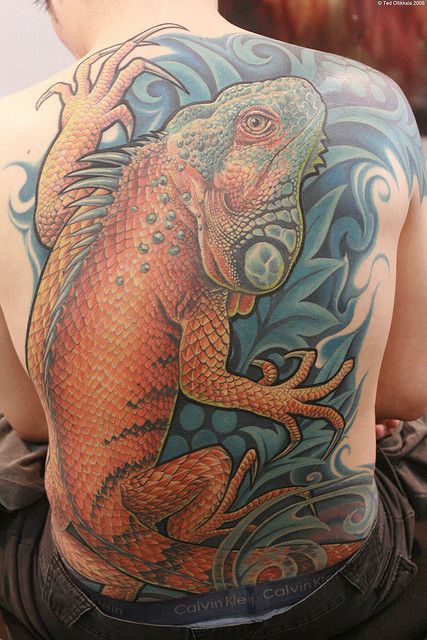
Tattooing involves the insertion of colored materials beneath the skin surface. Original tattoos may have been the result of accidents, such as rubbing small cuts with hands still covered in soot or ash, which color remained in the skin when the wound healed. Russian researchers unearthing tombs in the south of Siberia during the 1940s found 2,500 year-old mummies with tattoos of animals and monsters. It is believed that the more complicated the tattoos were, the more social status the wearer had. The Egyptians too, were responsible to a large degree for the spread of this practice around the world. By 2,000 BC tattooing had stretched out all the way to southeast asia.
Earliest evidence of tattooing in Japan comes from clay figures with faces painted or engraved in
representation of tattoo marks. the oldest recovered from tombs dated to at least 3,000 BC. These statues acted as stand-ins for living people who symbolically journeyed with the dead into the unknown. Tattoos may have had religious or magical significance. First written record of Japanese tattooing is from 297 AD. They regarded tattooing as high art. Japanese tattoo artists, known as the Horis, were the undisputed masters of the craft, and the classic Japanese tattoo, is a full body suit. Polynesian tattooing, however is considered by real tattoo lovers to be the most intricate and skillful. Polynesian people believe that a personâs mana â their spiritual power or life force â is within their tattoo
 IMAGE CORNER
IMAGE CORNER Wallpapers/Cool Images
Wallpapers/Cool Images Arts and Paintings
Arts and Paintings Mind Blowing Artistry of Marvelous Tattoos
Mind Blowing Artistry of Marvelous Tattoos IMAGE CORNER
IMAGE CORNER Wallpapers/Cool Images
Wallpapers/Cool Images Arts and Paintings
Arts and Paintings Mind Blowing Artistry of Marvelous Tattoos
Mind Blowing Artistry of Marvelous Tattoos
